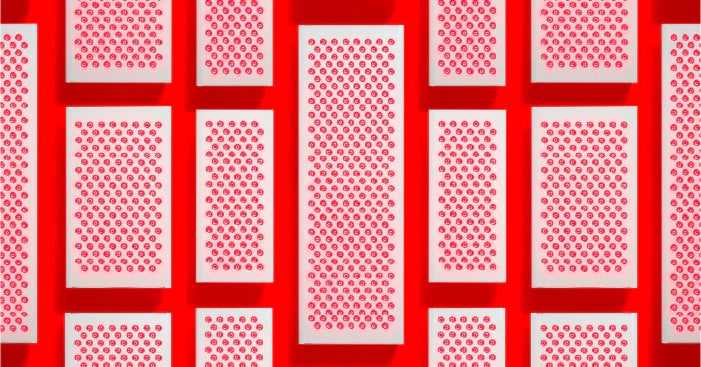
Let There Be Light: A Journey Through the History and Benefits of Light Therapy
In our quest for well-being and rejuvenation, we often overlook the power of something so abundant and accessible: light. From ancient civilizations to modern science, the history of light therapy is a fascinating tale of unlocking the healing potential of this natural resource. Join us as we embark on an illuminating journey through time, exploring the origins, evolution, and diverse benefits of light therapy in beauty, cosmetics, pain recovery, and beyond.
Ancient Wisdom and Enlightenment
The story of light therapy begins thousands of years ago, where ancient civilizations recognized the significance of light in healing and well-being. The Egyptians, known for their sun worship, built magnificent sun temples and practiced heliotherapy, harnessing the energy of sunlight to treat various ailments. Similarly, Ayurvedic traditions in India embraced the therapeutic use of light, employing chromotherapy to restore balance and harmony.
The Dawn of Scientific Exploration
Fast forward to more recent times, and we witness the emergence of scientific research in the field of light therapy. In the late 19th century, Danish physician Niels Ryberg Finsen pioneered the use of light to treat skin conditions, leading to his Nobel Prize in Physiology or Medicine in 1903. Finsen's work laid the foundation for further exploration into the therapeutic benefits of light.
Benefits of Light Therapy
1. Beauty in the Glow
Light therapy has become a powerful tool in the realm of beauty and cosmetics. Specific wavelengths of light, such as red and blue, have been harnessed to address various skin concerns. Red light therapy stimulates collagen production, improving skin elasticity, reducing wrinkles, and promoting a youthful appearance. Blue light therapy combats acne-causing bacteria, helping to clear blemishes and reduce inflammation.
Combining different colors in light therapy treatments, such as green for hyperpigmentation or yellow for lymphatic drainage, allows for a comprehensive approach to skin rejuvenation and a vibrant complexion.
2. Illuminating Pain Recovery
The therapeutic potential of light extends to pain relief and recovery. Low-level laser therapy (LLLT), also known as cold laser therapy, utilizes specific wavelengths of light to reduce pain, accelerate healing, and decrease inflammation. This non-invasive technique has shown promising results in treating musculoskeletal conditions, arthritis, and sports injuries. By targeting affected areas with light energy, LLLT can promote tissue repair, increase blood circulation, and alleviate discomfort.
3. Beyond Beauty and Pain
The benefits of light therapy span far beyond beauty and pain recovery. Light plays a crucial role in regulating our circadian rhythms, affecting our sleep patterns and overall well-being. Light therapy can be used to address sleep disorders, such as insomnia or jet lag, by adjusting exposure to specific wavelengths of light at appropriate times.
Moreover, light therapy has shown potential in treating mood disorders, such as seasonal affective disorder (SAD), by simulating natural sunlight and improving mood and energy levels. It has also been explored for its effects on mental health, with some studies suggesting it may assist in managing depression and anxiety.
4. A Multitude of Applications
Light therapy continues to find new applications in various fields. It has been used in dentistry for teeth whitening, in hair salons for promoting hair growth, and even in wound healing, where specific wavelengths of light can accelerate the recovery process.
Additionally, light therapy is being researched for its potential in treating neurological conditions, such as Alzheimer's disease and Parkinson's disease. Preliminary studies suggest that specific wavelengths of light may have neuroprotective effects and improve cognitive function.
Conclusion
The history of light therapy reveals a profound connection between light and human well-being. From ancient civilizations to modern science, this therapeutic approach has found its place in beauty, cosmetics, pain recovery, and an array of other applications. As research and innovation continue to shed light on the many benefits of this ancient practice, we are reminded of the power of something as simple and universal as light to illuminate our path to wellness and vitality.
